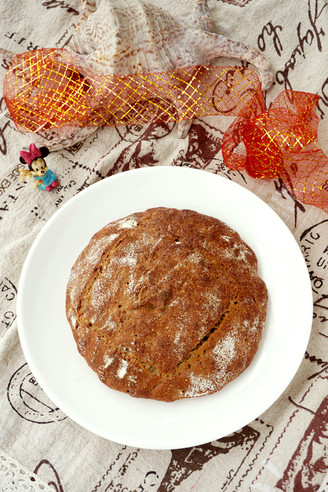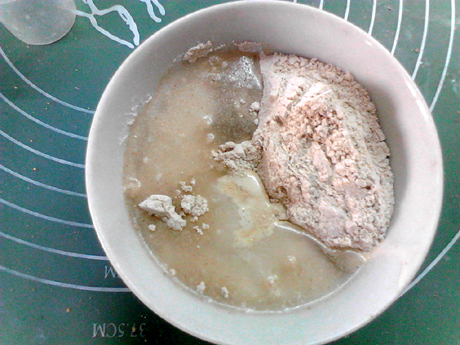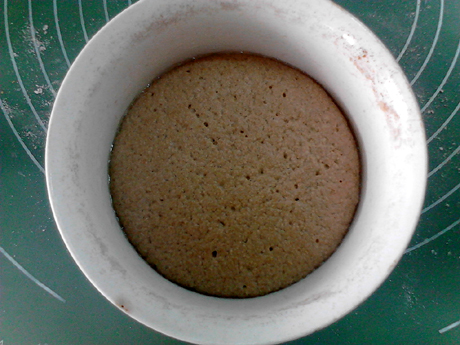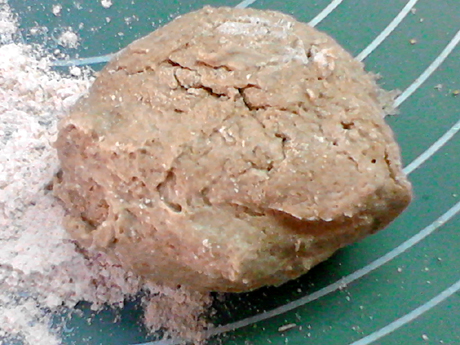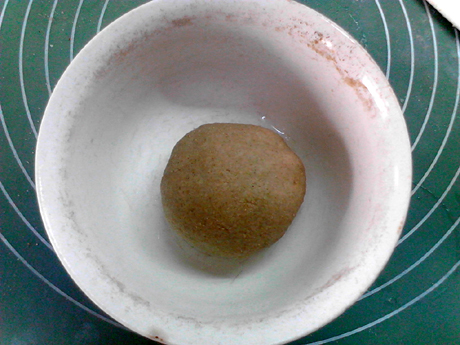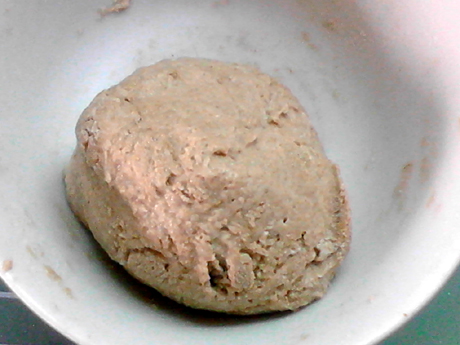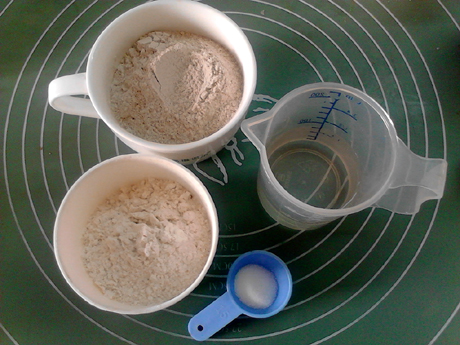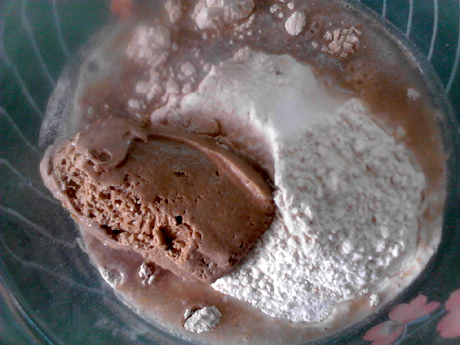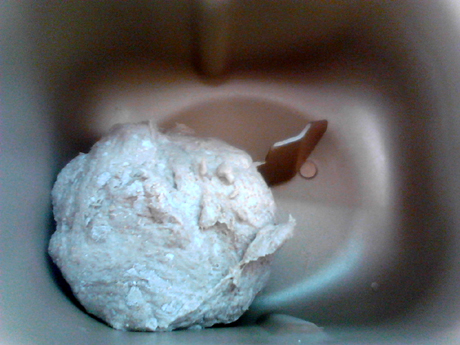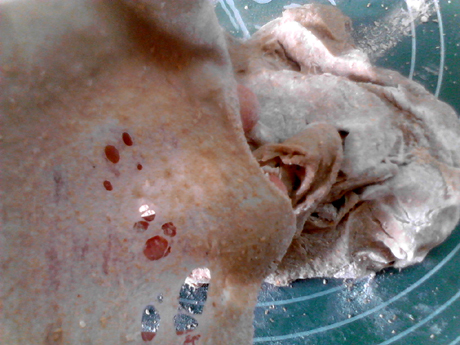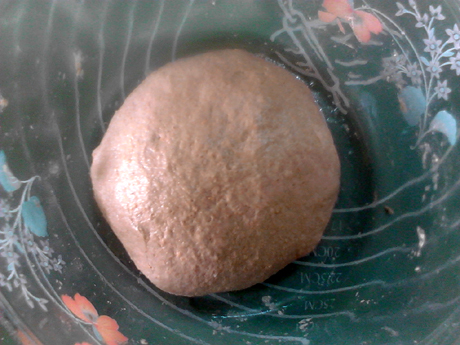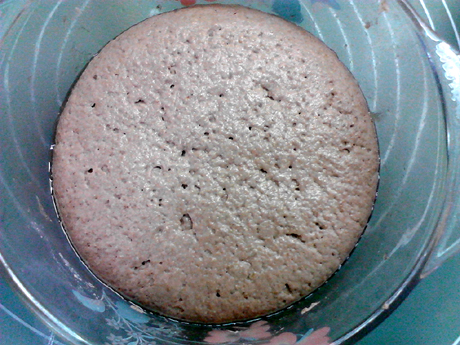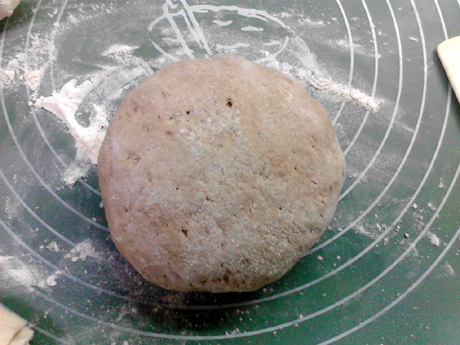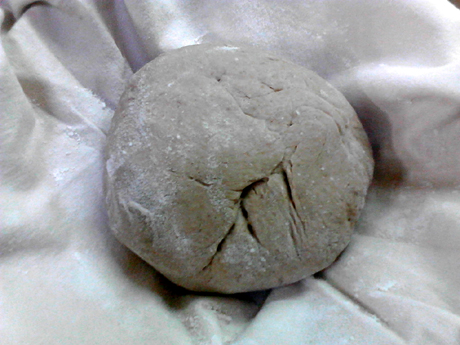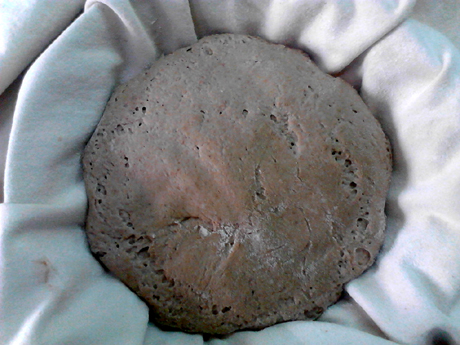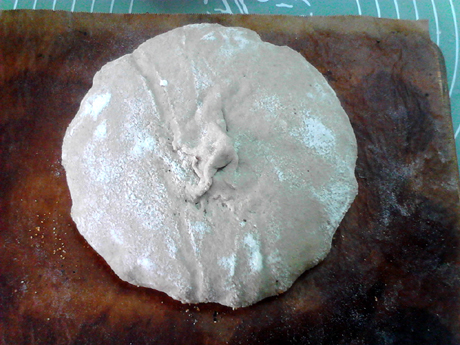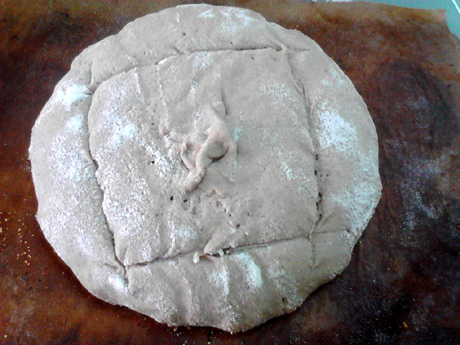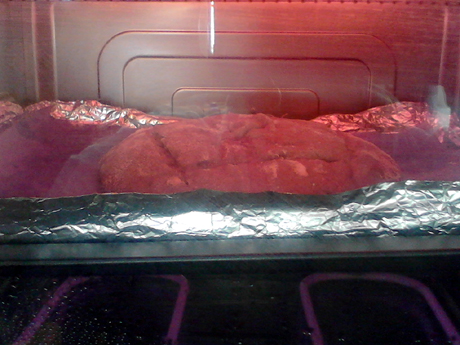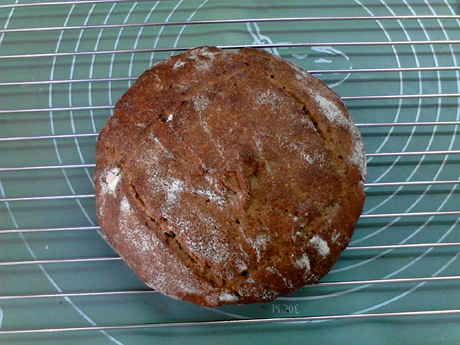Natural Yeast Puvarana Bread
by Food·Color
Favorite
Difficulty
Easy
Time
2h
Serving
3
The most famous baker in the world is Lionel Poirana. His bakery in Paris only bake a few varieties of bread, the most famous is a round country bread weighing 2㎏ , Made through natural fermentation (natural yeast). He called it a big round bread, but everyone else referred to it as Puvarana bread. "This bread is really too big. The main dough uses nearly 1㎏ of flour, which is eye-popping. Not to mention whether it can be stuffed in the oven, just imagine the size of the giant bread, and you already feel that your stomach is It takes a few months of rations to be pushed to the point of explosion?....
"Pvarana uses organically cultivated whole-wheat flour, sifted out part of the wheat bran, and the extraction rate is 90%-95% (that is, most of the wheat bran still remains in the flour). The texture of the baked bread It's dense and chewy. Every time you chew, you can feel its taste change in your mouth. This bread can be stored for a week at room temperature." In the recipe, "sieved medium-ground whole wheat flour" What kind of flour is it? I remembered the whole wheat flour, which was scattered in the market before. The grains are relatively coarse. Isn't it considered a "medium grinding"? I sifted it through the finest mesh sieve at my hand, and almost used it as this "sieved moderately ground whole wheat flour", but suddenly thought that maybe this flour is not very gluten, it may pull No film. So I dug up some more and replaced it with commercially available whole wheat bread flour.
As a result, the dough just barely pulled a film, the whole dough looked rough, maybe the whole wheat flour was really too coarse. But the dough eventually expanded and was burned to a golden brown. It looks rough, and the skin is very fragrant. . . . .
"Pvarana uses organically cultivated whole-wheat flour, sifted out part of the wheat bran, and the extraction rate is 90%-95% (that is, most of the wheat bran still remains in the flour). The texture of the baked bread It's dense and chewy. Every time you chew, you can feel its taste change in your mouth. This bread can be stored for a week at room temperature." In the recipe, "sieved medium-ground whole wheat flour" What kind of flour is it? I remembered the whole wheat flour, which was scattered in the market before. The grains are relatively coarse. Isn't it considered a "medium grinding"? I sifted it through the finest mesh sieve at my hand, and almost used it as this "sieved moderately ground whole wheat flour", but suddenly thought that maybe this flour is not very gluten, it may pull No film. So I dug up some more and replaced it with commercially available whole wheat bread flour.
As a result, the dough just barely pulled a film, the whole dough looked rough, maybe the whole wheat flour was really too coarse. But the dough eventually expanded and was burned to a golden brown. It looks rough, and the skin is very fragrant. . . . .

